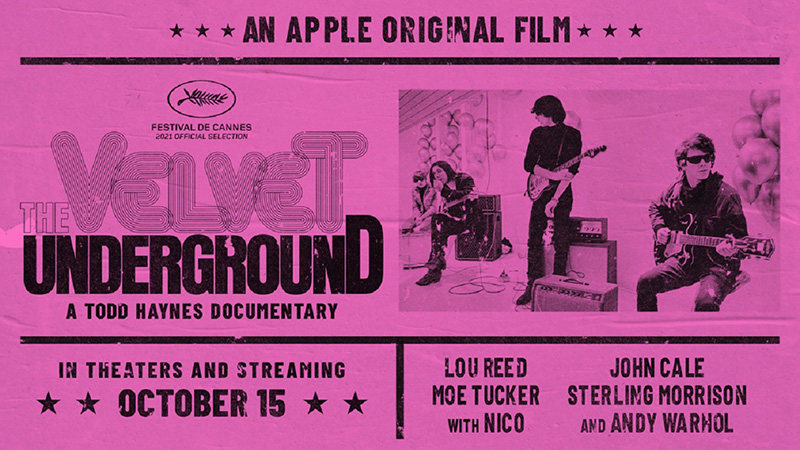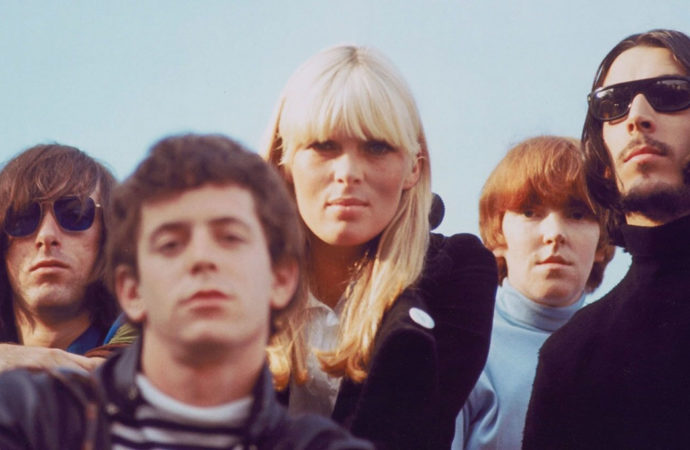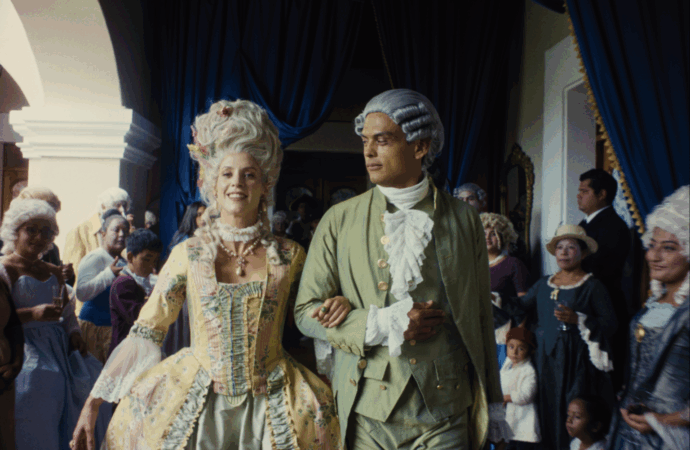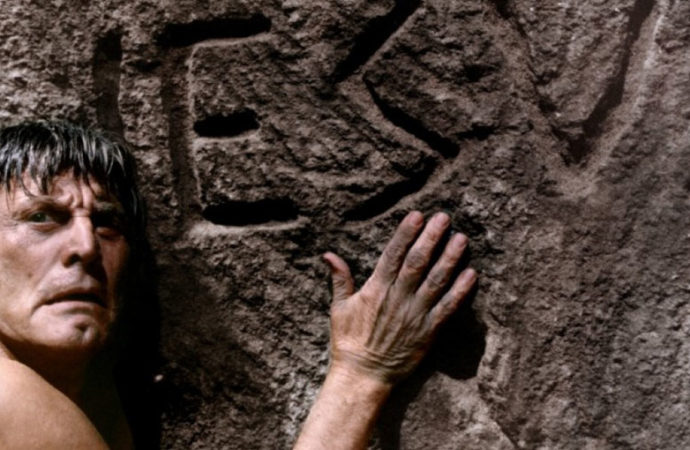There are few bands in the history of popular music that can be remembered as being ahead of their time without falling into a certain cliché or compensatory gimmick. The Velvet Underground would be one of those few. At least, there would be a certain consensus to rescue them as a group against the tide, far from any conventionalism or predominant current, an anti-everything -especially the hippie wave and flower power that prevailed on the West Coast in its most brilliant stage-, an anomaly that emerged from the subterranean conduits of that sombre and steamy New York. The Velvet Underground, the documentary available on Apple Tv+, once again reveals the relevance of this rock band of the last century.
Premiered out of competition at the last Cannes festival, the work signed by filmmaker Todd Haynes escapes from minute one of the canonical character associated with the rockumentary to trace an exciting and revealing journey into the past, towards the darkness illuminated by this New York band. A journey into the past, navigating through the surviving voices, but also those that have disappeared, as well as extensive archive material and abundant footage of filmmakers and filmmakers from that unredeemed New York for which Haynes feels fascinated and owes a debt as an artist.
Haynes’ gaze thus diversifies into two inseparable axes for understanding the band and its sound. On the one hand, the characteristic portrait of the members of the seminal band. Their weights and counterweights, their vanity and clashes, their mismatched profiles and compensations. On the other axis of this divided and fragmented screen that Carol‘s director uses on many occasions, the inexhaustible creative effervescence of New York, the city of a contagious energy for the artist and the musician, especially during the timeline in which the portrayed are inscribed. Thus, the portrait is divided into two levels: the Velvet and its members (with a block for each: Lou Reed, John Cale, Sterling Morrison, Maureen Tucker and Nico, giving greater prominence to its two heads: Reed as the emperor of the margins and the underground, and John Cale as the avant-garde and sensible counterpoint), and New York as a space of inexhaustible inspiration.

With such a mission, Haynes not only manages to recruit the still living members, the clairvoyant John Cale and the pioneering Moe Tucker -the first woman to form part of a rock band of his importance-, but he also brings together the living crème de la crème of that period to fill in the gaps and the questions about the enigmatic New York band: La Monte Young, Jonas Mekas (to whom Haynes dedicates his work after he died shortly after the filming) Jonathan Richman, John Waters, Mary Woronov, Martha Morrison (Sterling’s widow). As well as audio fragments of the departed; the spectral figures of Lou Reed himself, Allen Ginsberg, Andy Warhol, David Bowie, Tony Conrad, Delmore Schwartz and the philosopher Henry Flynt. The most notable and incomprehensible absence was that of Lou Reed’s widow and faithful companion, the musician and composer Laurie Anderson.
And if this carousel of lively and spectral personalities is the door to the knowledge, singularities and interiorities of the band, Haynes’ effort to shape it is a suggestive window to the sensations and moods with which the music of the band under analysis subjugates you. Haynes absorbs the Factory’s style to reproduce in images the tones, textures and stridencies that defined the Velvet’s sonic corpus. A formal feat in which the continent assimilates the tonalities and sensations of the music under study here.
The Velvet Underground is not only an indispensable document for fans of Lou Reed and his black crew, it is a highly recommendable experience for those nostalgic for that period and the New York of that time. It is, at this point in the year, the best musical documentary that could be seen in 2021 through any exploitation window. A work that, like the band it studies, moves away from the conventions of the genre to transmute into a sensorial experience of that unrecoverable New York that only survives in the images, sounds and testimonies of those who were there and fed it with their artistic flame.









No one has posted any comments yet. Be the first person!